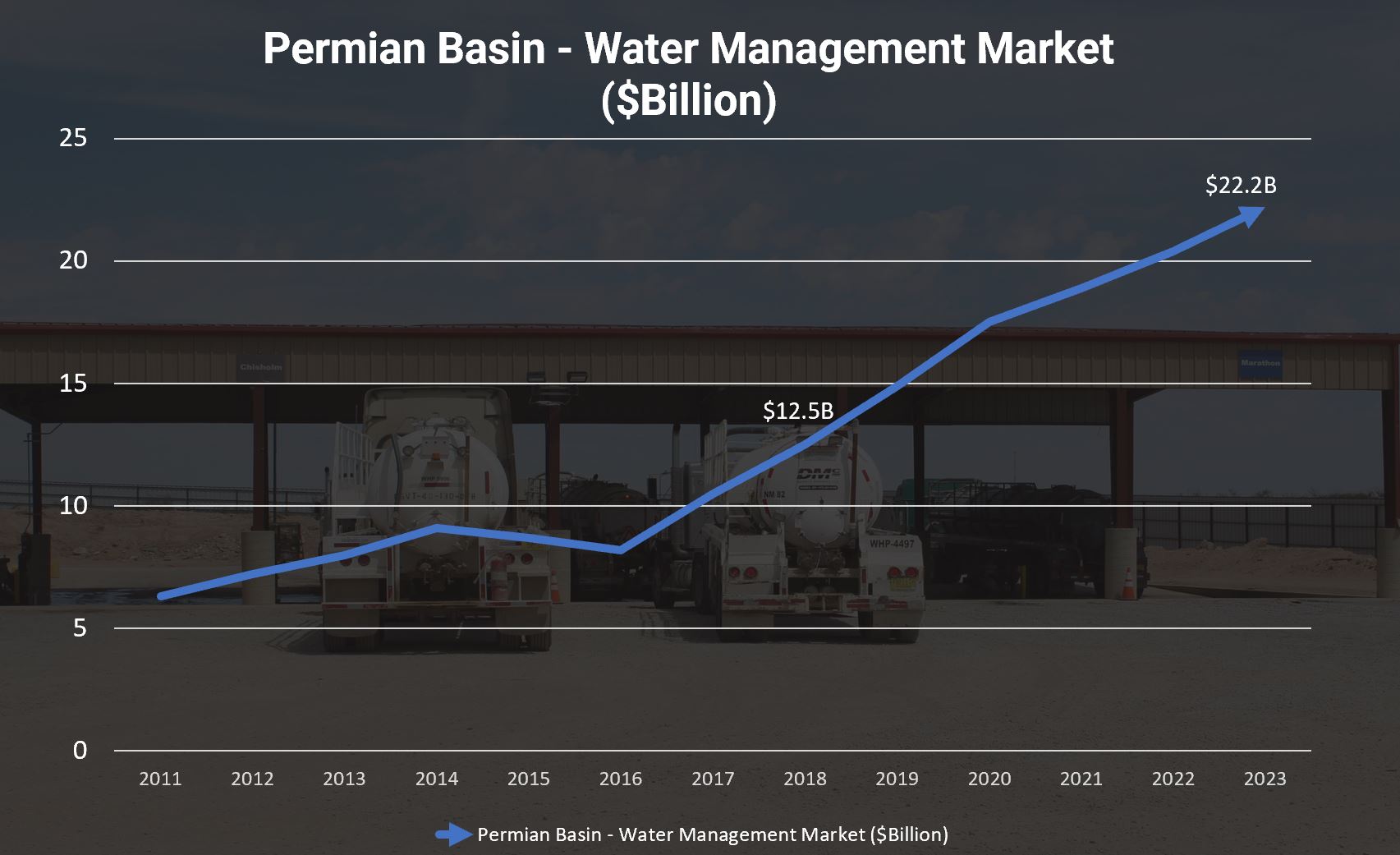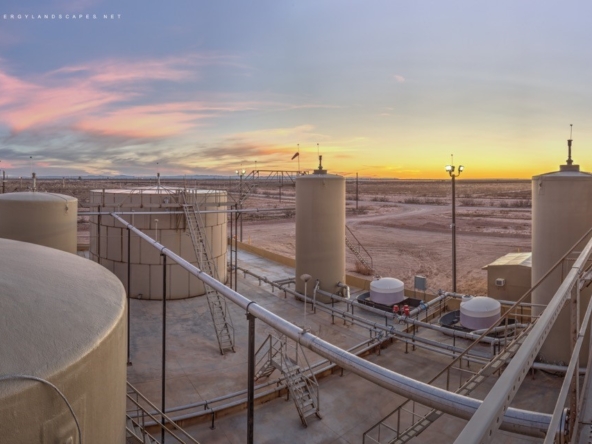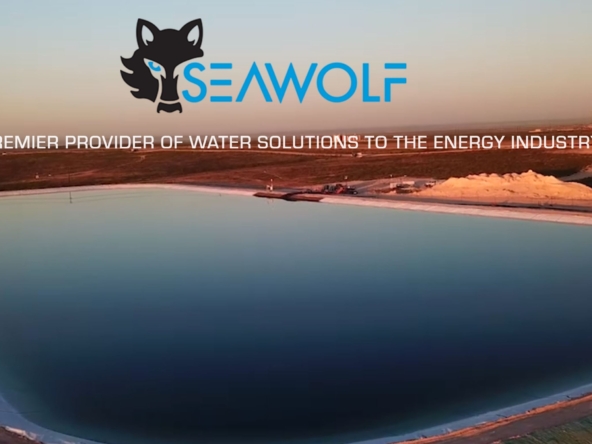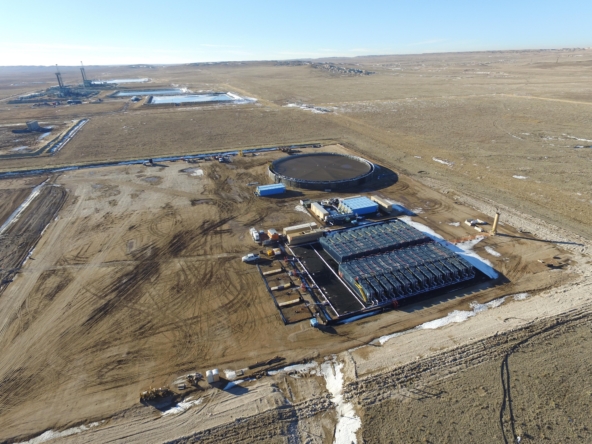Oilfield wastewater disposal volumes are expected to double in
the Permian Basin within the next two to three years, a new analysis from
global energy intelligence firm Wood Mackenzie shows. As drilling activity
continues to expand in the arid region between West Texas and southeastern New
Mexico, hydraulic fracturing has resulted in growing challenges in sourcing
water and what to do with wastewater from completed wells.
Wastewater disposal costs can account for a third of total lease
operating expenses in the Permian Basin, Wood Mackenzie Director of Upstream
Consulting Matthias Bloennigen said in a statement. “Even with 100 percent
water reuse for further completions, which is unlikely, the current saltwater
disposal infrastructure is expected to hit capacity in the near future,”
Bloennigen said. “As Permian operators continue to focus on boosting
production output, they will need to develop and refine their water strategies.”
While exploration and production companies scramble to avoid
bottlenecks and well shut-ins, water midstream companies are providing various
solutions as the water management challenges grow. More than a dozen
water-related infrastructure deals have taken place in the Permian over the
last three years, and the pace of transactions is expected to pick up
considerably in 2019. “We’ve seen a lot of interest from private equity,
as there’s still a huge need for water infrastructure,” Bloennigen said.
“But it’s important that people understand the factors at play in the
Permian before they invest.”
With more than 460 drilling rigs in operation in the Permian
Basin, the arid region accounts for nearly half of the exploration and
production activity in the United States. Some 246 operators have filed more
than 2,400 drilling permits for projects on the Texas side of the Permian
Basin, accounting for nearly two-third of drilling permits in the Lone Star
State, Railroad Commission of Texas show.



